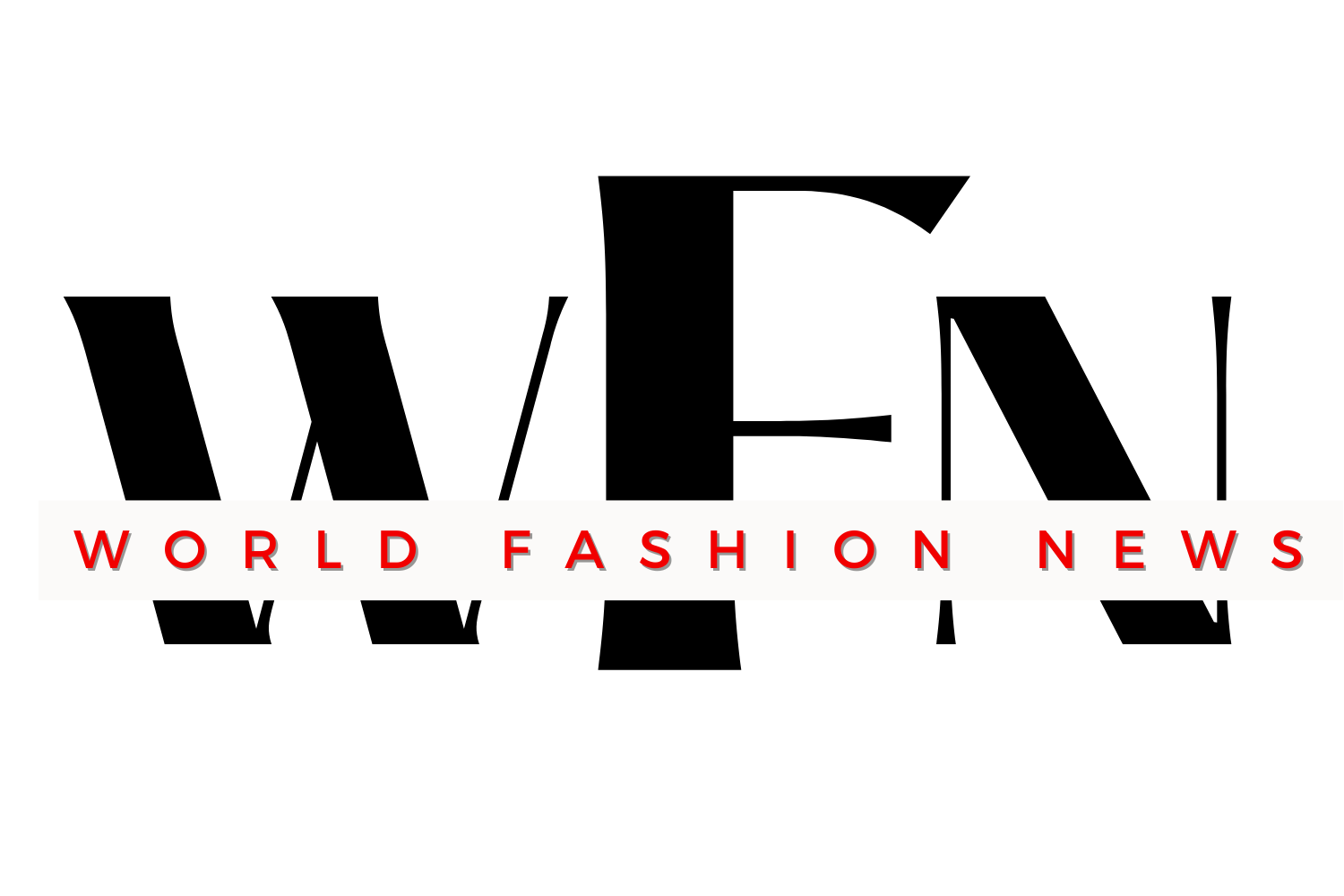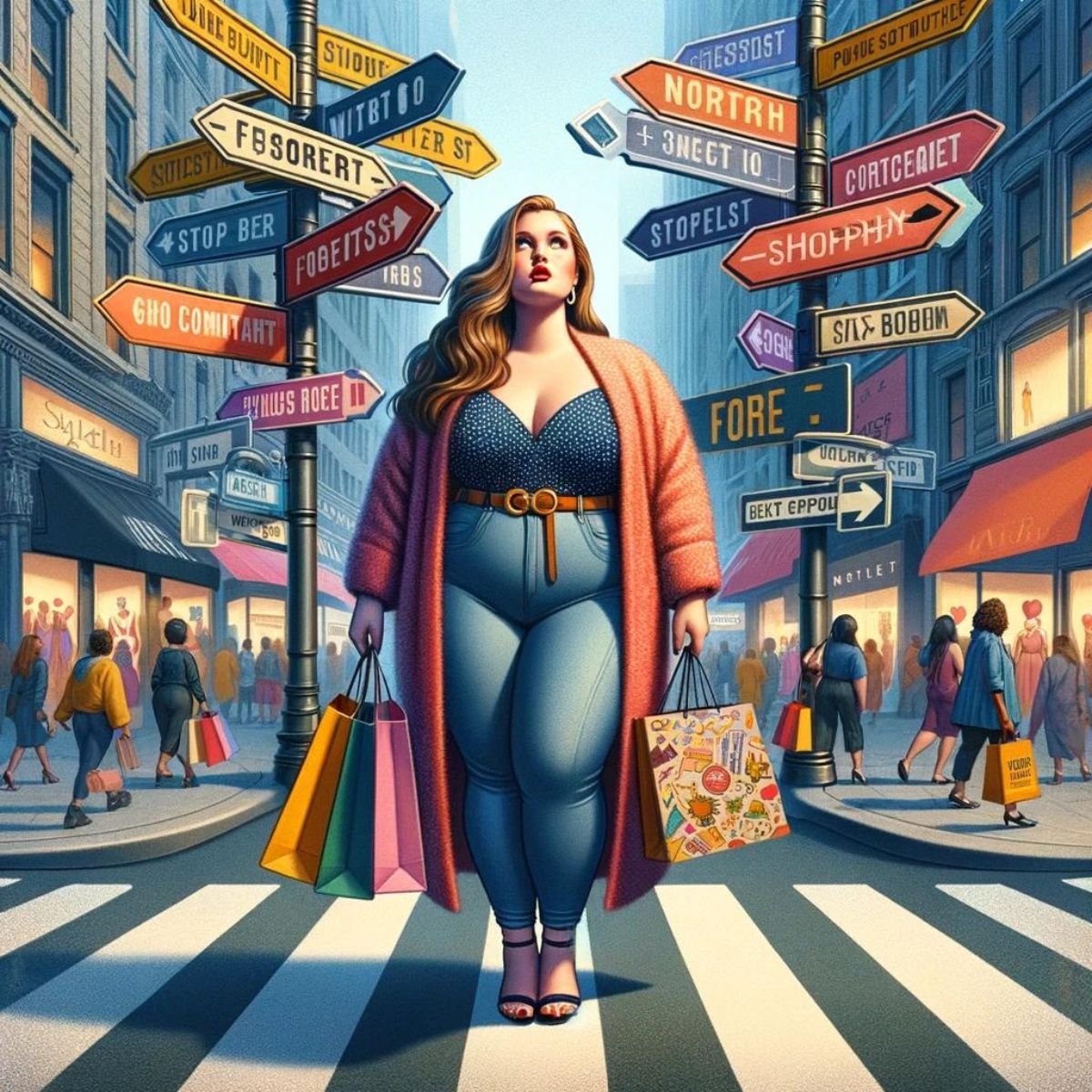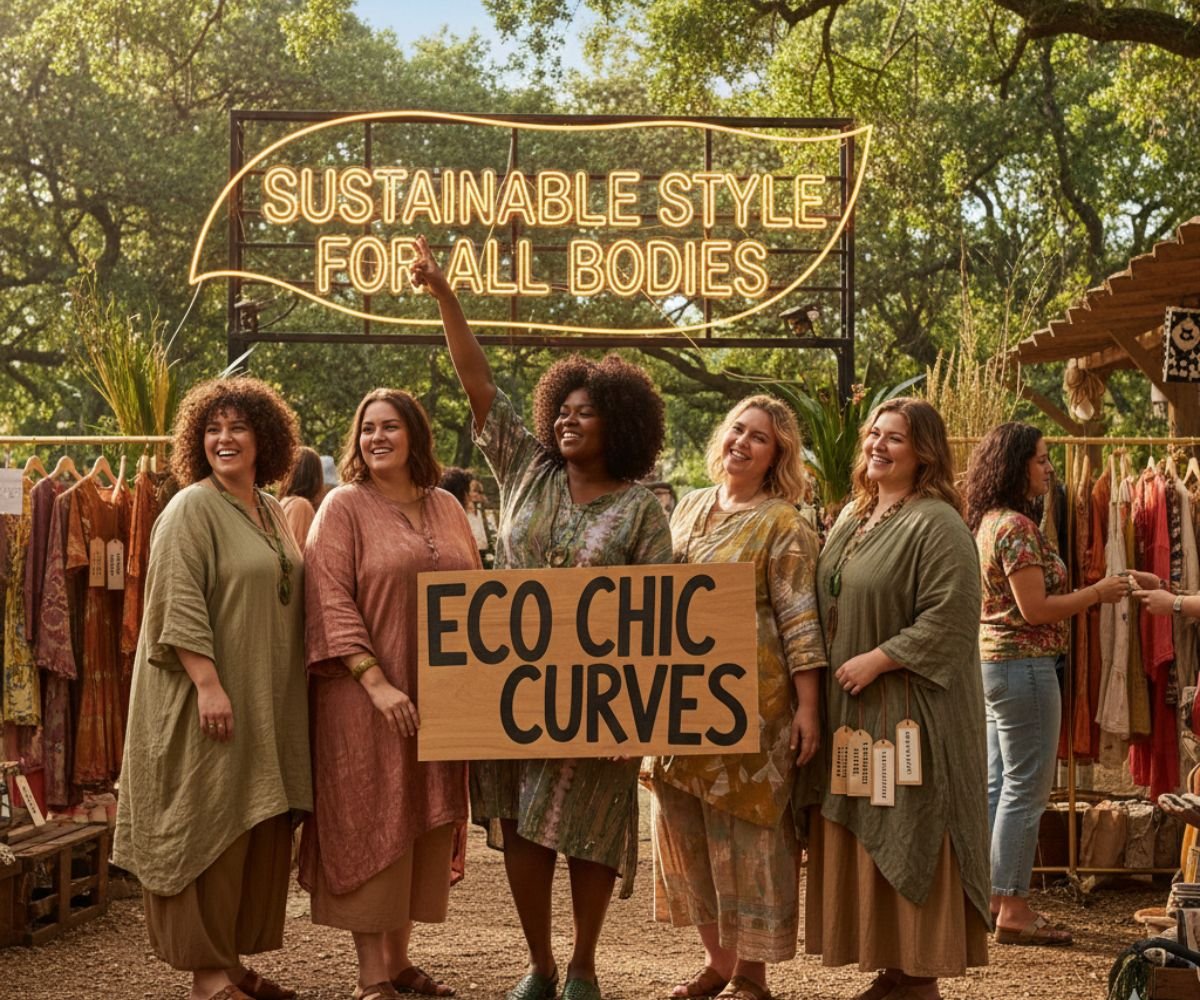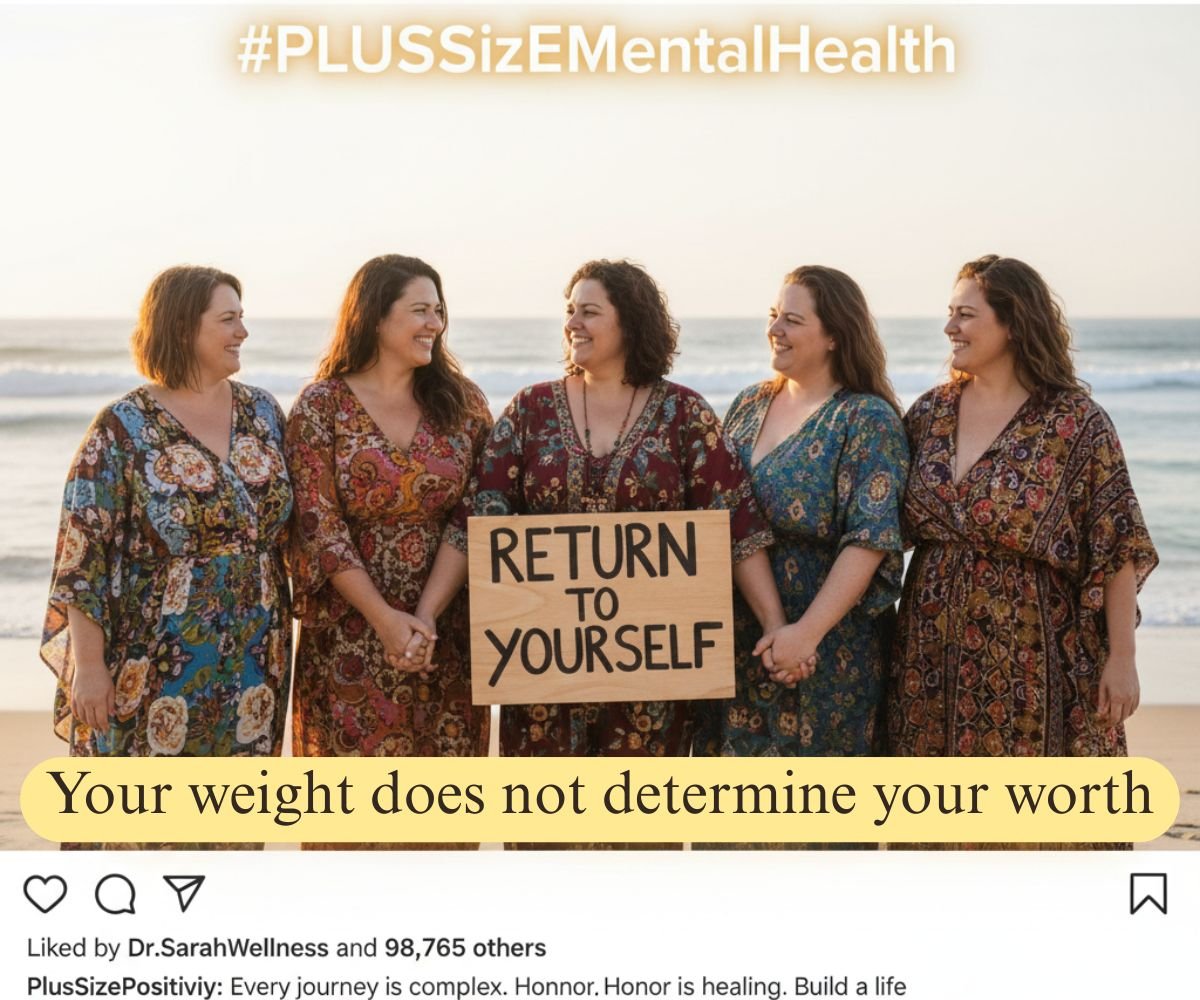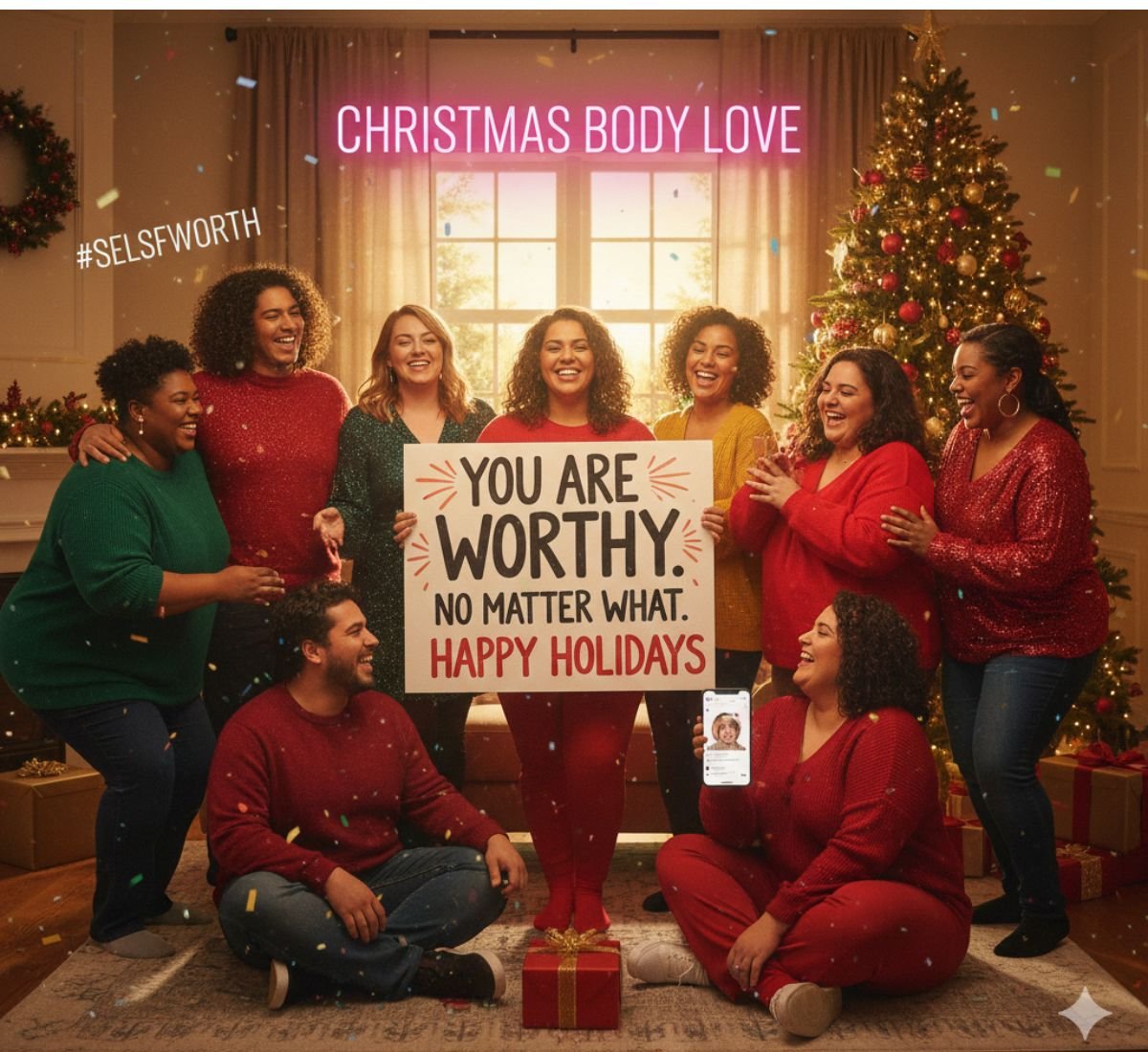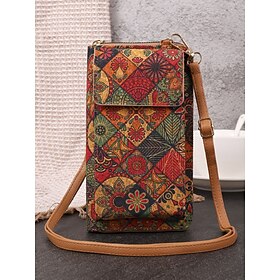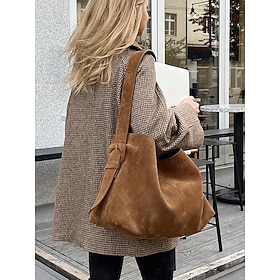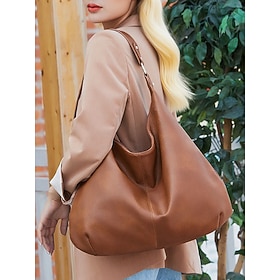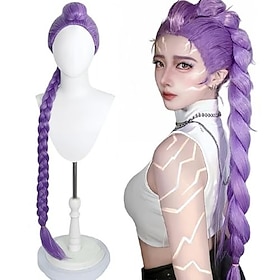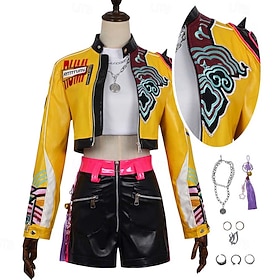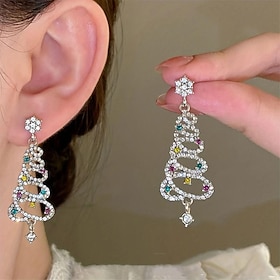A brief overview
Today, in the fashion landscape, everyone is pushing for diversity – particularly so when it comes to plus-sized clothing. Yet in practice, despite the near-constant drumbeat for a more inclusive fashion industry, there remain major obstacles to finding stylish, wearable women’s plus-size clothes.
According to a survey carried out by the National Retail Federation, 62% of women who wear extended sizes have difficulty finding clothing that fits them well. The lack of offerings in large, well-established retailers is a clear pointer to how deep the market gap still is.
Industry Criticism and Power of Influencers
An example of this dissonance is those who publicly excoriated Forever 21 for not carrying plus sizes. This type of incident serves to show the discrepancies between the rhetoric of brands that claim to be “inclusive” and the actual shopping experience facing plus-size consumers in the market arena today.
In response to such complaints, social media influencers like Remi Bader have begun to speak out, pointing out how even if there were enough well-fitting options for people with larger frames, individuals of such a size still face significant barriers. They not only bring visibility to these problems but also drive real change in the fashion industry itself.
A Deep Effect on Body Image
This problem is not just limited to the difficulties plus-sized women have when shopping—it affects their body image and self-esteem, too. A study in the Journal of Fashion Marketing and Management found that the scarcity of good plus-sized clothing can lead to negative self-perceptions for individuals.
This only underscores the pressing need for the fashion industry to move on from token glances of inclusion and instead fully embrace all body types.
Leading the Brand
After all, many brands are forging new terrain. Universal Standard and Savage X Fenty have raised size diversity to a company mission. J.Crew and other nameplates, tropes of heritage brands with no visible signs they are wearing stretch leggings, all expand their size ranges.
Such developments are a respite to plus-size shoppers—a decisive turn away from the fashion industry needing, in the end, to serve all of us.
A Billion Dollar Big and Tall Market
At the same time, figures show that the plus-size market is a treasure trove. Experts predict that the global plus-size women’s clothing market will reach over $264 billion by 2027. This is not just a passing phenomenon but a seismic shift toward a future in which every size wins respect.
There are still problems, though. In pondering Old Navy’s Bodequality campaign—a major undertaking to make the entire range of sizes available at one price level—one has to realize that there is no simple solution.
While this expansion is a start, it underscores the need for more developed strategies for managing stock, access, and usage. Genuine inclusivity is not only a matter of sizes—it requires a fundamental change in how fashion gets made and sold.
הצגת פוסט זה באינסטגרם
Consumers Driving the Change
So how do we quicken this change? The answer is simple: consumer clout counts. By favoring brands that prioritize inclusion, we can get up off our knees and make a push towards more representation and easier access for all.
This drive toward full inclusivity never rests, yet together with brand-makers and consumers, we can fashion an industry where everyone finds their perfect fit—no matter their size.
What is “Bodequality”?
For those uninitiated in this term, Bodequality could be described as the fashionable integration of “body” and “equality,” a term coined by Old Navy. The initiative represents the brand’s business of ensuring equal access to fashion, providing apparel that is, in fact, good value and fashionable in a rich variety of sizes—a slow step forward toward a comprehensive and true fashion industry.
